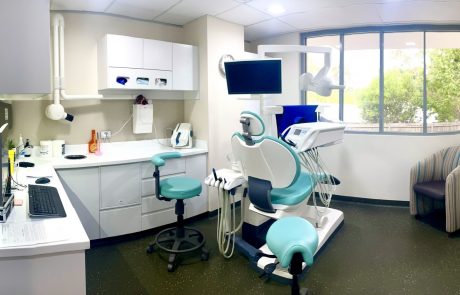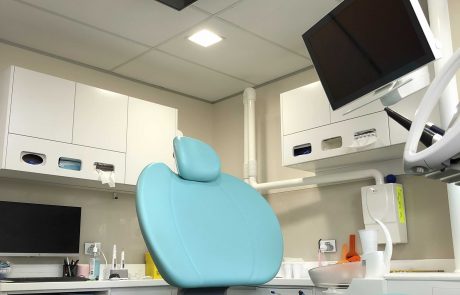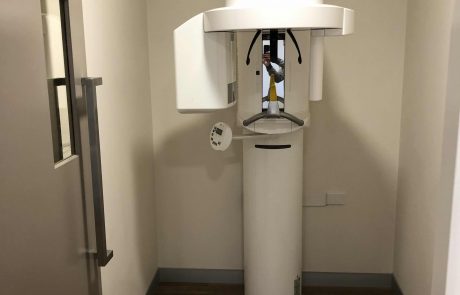Dental Crowns & Bridges
Dental crowns and bridges can fill and correct the void in your smile!
Artificial crowns
Although the outside of each tooth is made of strong hard enamel, teeth can be chipped, broken or weakened due to:
- Trauma such as a fall
- Tooth decay
- Large fillings
- Root canal treatment to remove the tooth pulp, which contains blood vessels and nerves
- Age-related wear and tear
An artificial crown is usually the best way to save a tooth and strengthen it. The crown fits over the prepared existing tooth and replaces the natural crown.
Bridges
A bridge replaces one or more missing teeth. It consists of an artificial tooth anchored to the adjacent natural teeth. If a tooth is lost through an accident or is too badly decayed to save with a crown, a bridge may be the treatment of choice
Teeth have functions apart from chewing and biting, so missing teeth should be replaced:
- To improve appearance
- To prevent stresses that cause damage to other teeth
- To prevent the teeth near the gap from shifting
- To maintain the natural bite
- To improve chewing ability
What material are crowns made from?
These days, dental crowns are made of porcelain. Porcelain is strong and can be made to match the colour of your natural teeth. It is resistant to staining and can be cleaned if it becomes stained.
Preparation for a crown
Appointment 1:
You will have an impression taken to know the exact occlusion for your bite. The impression is taken digitally using our 3Shape Trios Intraoral Scanner. Then after the area is numbed using a local anaesthetic, the tooth is shaped using a drill, making it smaller by 1-2 millimetres.
After shaping, another impression is taken to record the changes to the prepared tooth. The impressions are sent to our lab technician to make the crown or bridge for you.
To protect the prepared tooth we place a temporary crown over your tooth and cerement it in with a temporary cement. The temporary crown is not strong at all so you should avoid chewing on that said and avoid eating sticky food.
Appointment 2:
The temporary crown is removed and the new crown is placed over the reshaped tooth to check the shape, colour and the fit of the crown. If all is fine we will cement the crown or bridge on using dental cement. Dental cement usually sets in less than one hour. And reaches full strength in 24 hours.
Possible complications of crowns and bridges
As with any dental or medical treatment, crown and bridge procedures have risks. The following possible complications are listed to inform and not alarm you. There may be others that are not listed.
Tooth breakage during preparation
When the affected tooth is evaluated your dentist knows whether its structure is strong enough to take a crown. If there is doubt, the existing filling may be replaced or the structure reinforced before shaping the tooth. Problems that occur during the preparation can be corrected at that time before taking the final impression.
Infection of the pulp of the gum
Infection may affect the teeth in two places:
- In the soft tissue inside the tooth called the pulp
- In the gums around the base of the teeth
Whenever the enamel is removed there is a small risk that the underlying pulp may die and become infected. If this occurs, the tooth may need root canal treatment. To avoid gum infection, additional steps may be needed in your dental hygiene routine, especially to clean completely under the bridge. Poor cleaning may cause gum recession, where the gum shrinks away from the neck of the tooth.
Discomfort
During the treatment of a tooth, surrounding gum may be injured and feel tender as the effects of anaesthesia wear off. Any pain should not last beyond two days. If pain persists, please contacts us.
Altered feeling
If the size of a tooth is changed even slightly, it can have an effect on the way it feels in the mouth, especially when chewing or biting or when the jaws are closed. If this happened please call you dentist as he may just need to adjust this a little.
Loose crown or bridge
A correctly fitted crown or bridge should be secure. Contact your dentist if your new crown has any movement. A crown may dislodge due to strong force if this happens the crown can be cleaned disinfected and re-cemented.
Allergic reactions
Allergic reactions to alloy or porcelain are rare. If you suspect an allergic reaction contact your dentist.
Do you have broken, chipped, missing or weakened teeth? Contact our professional team at Starbright Dental today to discuss the variety of solutions available for you.
Are you wanting to improve your smile?
Tell us how we can help!

Our Clinic
The Starbright Dental clinic offers a fresh, vibrant and welcoming atmosphere, combined with the very best in modern dental equipment.










